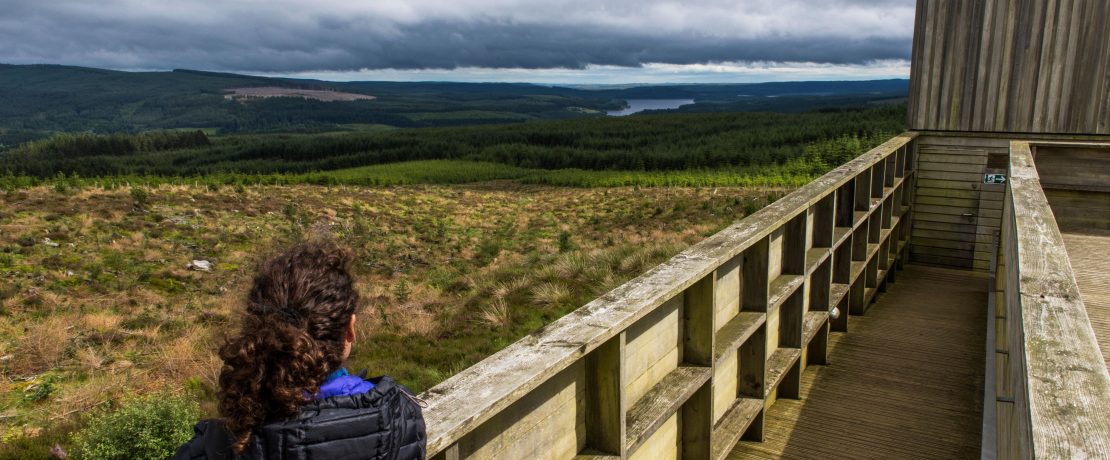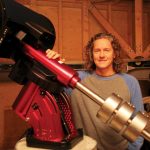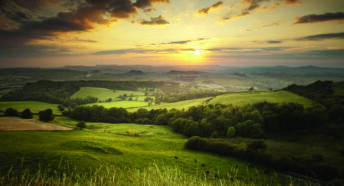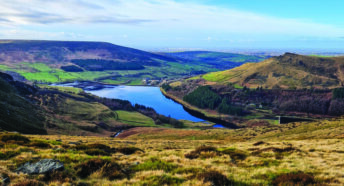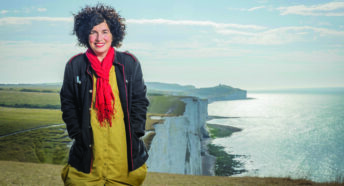Written in the stars
CPRE has long worked for dark skies over our countryside, not least to allow for the breathtaking experience of stargazing.
Here, professional star-spotter Gary Fildes shares his journey to becoming a professional astronomer – and what the dark skies over Northumberland mean to him.
As a child, I’d spend hours looking at the moon and stars through my brother’s telescope. I was fascinated by all the colourful dots of light and wanted to learn more about our skies.
I grew up in Sunderland in the 1970s, which wasn’t the most nourishing environment for aspiring scientists. At that time you either worked down the mines, at the shipyard or on a building site. For years, I kept my passion for astronomy to myself; I wanted to be accepted, not singled out. I married young, became a dad, and, because needs must, became a bricklayer.
Life on the building site was exciting initially: I was surrounded by the lads I’d grown up with, and I enjoyed honing my craft. But something was missing: I had sidelined my love for the stars. When I reached my early 30s, I decided to rekindle my passion for astronomy.
Stargazing for all
I joined the local astronomy group, the Sunderland Astronomical Society (SAS), and it was here that I experienced my first real taste of astronomy.
We came up with a plan to build an observatory for the community, and I volunteered to build it. I persuaded my company to donate the building materials, Durham University donated a telescope, and in October 2002, the Cygnus Observatory was opened to the public.
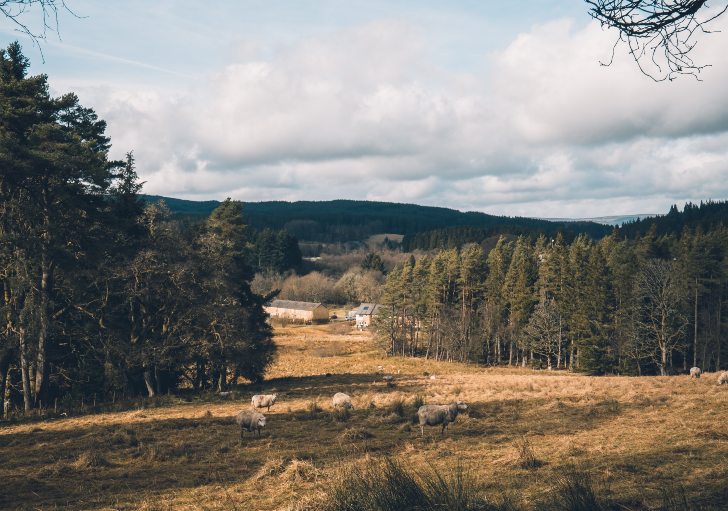
Building Cygnus taught me the art of the possible, and brought with it a sense of pride. I first discovered Kielder Forest in north-west Northumberland while stargazing with the SAS. I felt as though I had stumbled across part of Scandinavia. The sky glowed with the light of thousands of stars; they seemed almost tangible.
I went on to organise the first of a series of star camps at Kielder, and soon began to dream of building something on the site. A chance drink at the pub with Peter Sharpe, the art and architecture curator for the Kielder Water and Forest Park, saw my idea take off.
We secured funding from numerous bodies, and, in association with the Royal Institute of British Architects, launched a competition for architectural firms to design the observatory.
Defending dark skies
Eventually, in April 2008, Kielder Observatory opened to the public. It remains one of my proudest moments. I still can’t get over its beauty!
Designed to resemble a ship sailing into the sky, the wooden structure is surrounded by miles of wilderness, trees and hills. You can see right down to Kielder Water in the distance. Because of its isolated location, the skies here are the darkest in Britain.
In 2013, our dark sky zone was designated the third largest area of protected dark sky in the world by the International Dark Sky Association. My work at the observatory has made me realise that dark skies form an important part of our heritage, and need to be preserved for future generations.
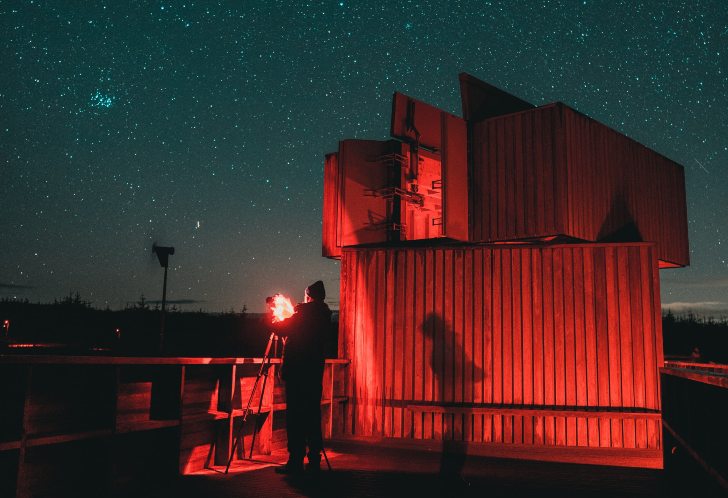
Today, the Kielder Observatory is home to two permanently mounted telescopes and employs 10 full-time staff aided by 40 volunteers and eight trustees. As the observatory’s director, I divide my time between the observatory itself and our office, an hour’s drive away.
We’re currently expanding to include four permanently mounted telescopes, as well as a fleet of telescopes for the public to use. It’s a busy job, but after 25 years of bricklaying, I feel like I’m home at last.
To this day, I enjoy nothing better than lying on my back and losing myself in the stars. Look up, and let the universe in!
